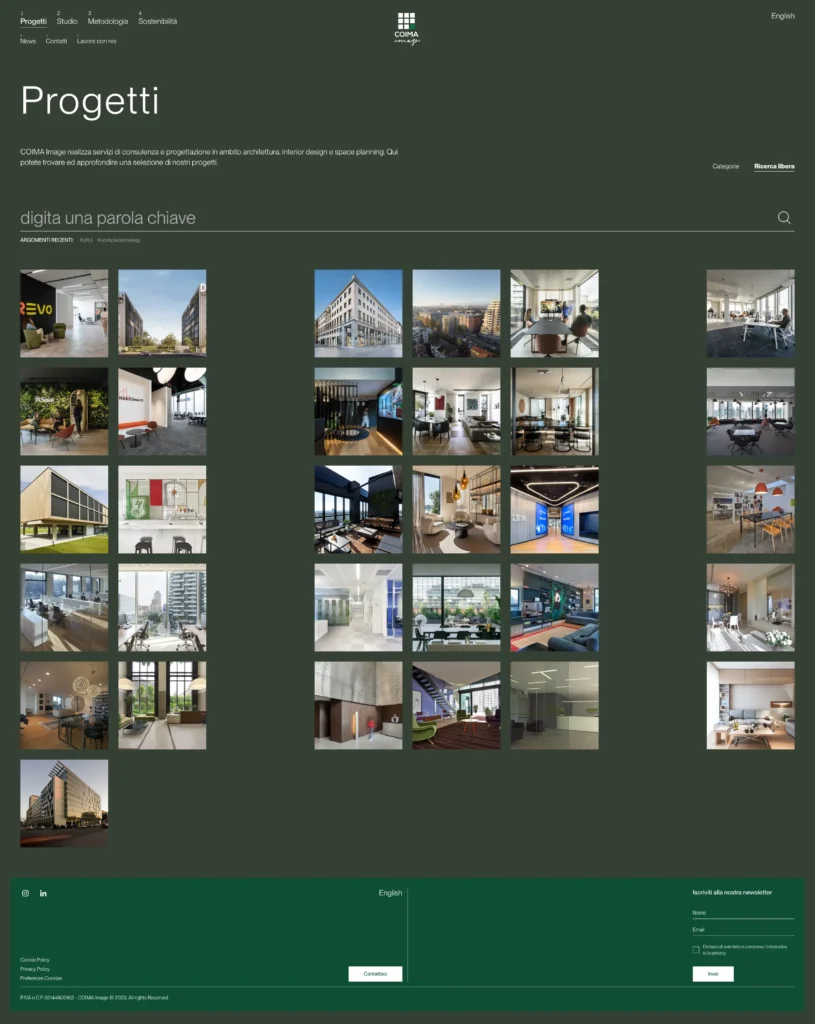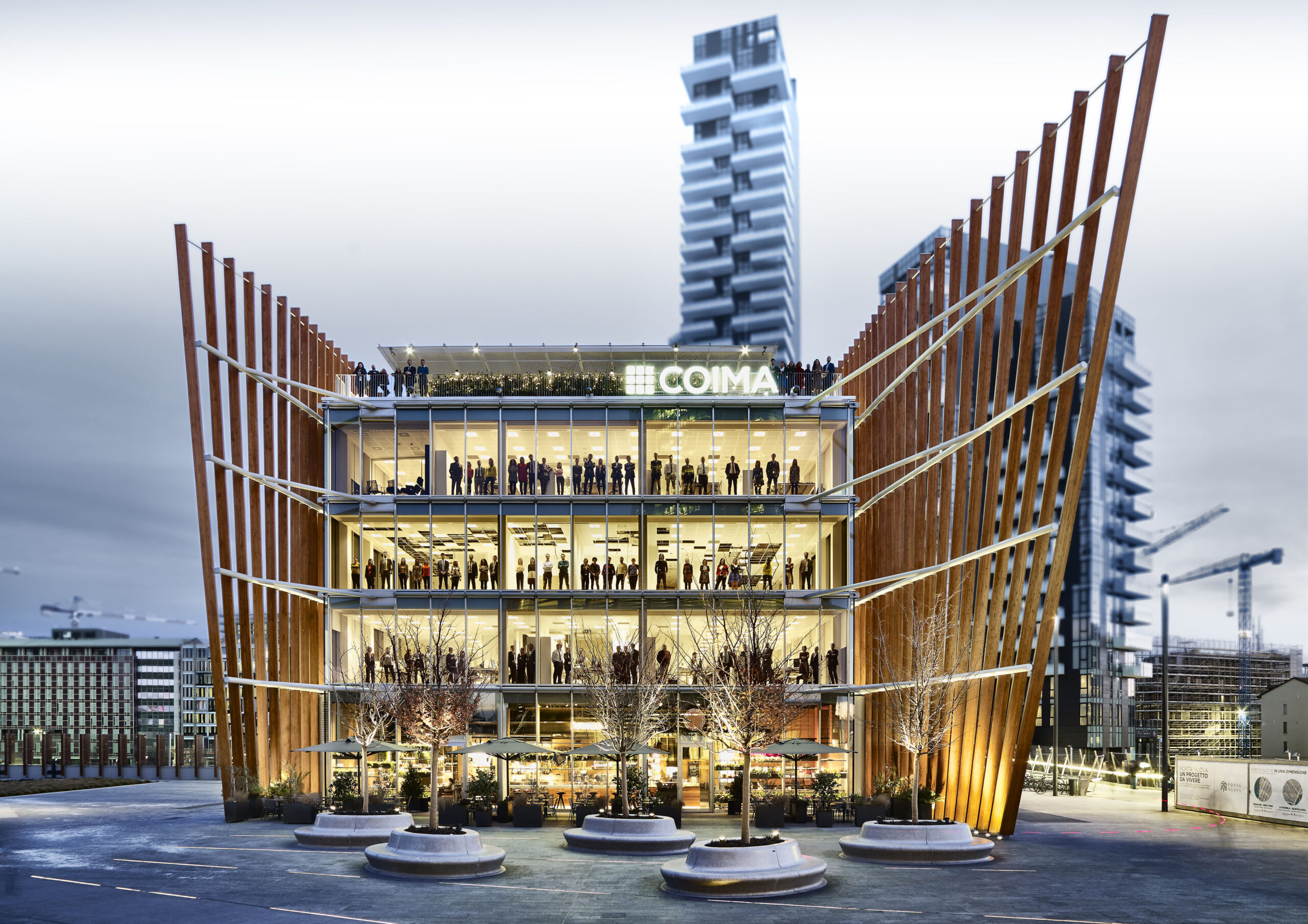Some stories have very long beginnings, and a tiny seed randomly planted in 2007 becomes a towering tree by 2024.
In 2007, I, Fulvio Romanin, was working a freelance web designer; my main market was music festivals, and because I managed about twenty of them, winning awards of various kinds with highly diversified experiences, I was asked to teach at the Festival of Festivals in Bologna, a gathering of all industry operators. I was given the “lectern” to train on managing festival websites, which – at the time – was still uncharted territory for many of my audience. Among my students was this very attentive girl, Francesca Michelini, who took extremely careful notes. She was there representing the MiTo Settembre Musica Festival, for which she would manage a significant part of the communication, including the web. She was skilled, and it showed.

To my surprise, a few months later, me and my friend and colleague Andrea Lodi, also a teacher at – on the social side – at the same festival, were asked to participate in the tender to create the festival. We joined forces in a temporary business structure. We received the brief with the desired features for the site creation: in fact, they were the notes from our lessons.
Fun fact: unfortunately, we did not win the tender. As prepared as we were, probably the festival needed a much more solid structure behind it. That’s okay: we took it well. Acquaintance was made, and its tiny seed was planted.
It took almost six years for the seed to sprout: MiTo remembered me, and I was summoned to digitize a huge archive, MiTo Legacy – over 200 CD-ROMs, VHS tapes, video DVDs, and various hard drives to be unified into a single corpus on a private network. The project was successful, to everyone’s satisfaction. I was surprised when I received another call from Milan.
Partly due to geographical distance, partly because I had been abroad a lot, I confess that in those years I visited Milan only occasionally, but after the Expo 2015, it literally blossomed into the most European of Italian cities. The scenic and spectacular heart of the city, where the Unicredit building towers above the ultra-modern Piazza Gae Aulenti, is definitely the Portanuova district, one of the most prestigious urban regeneration plans in Europe. In the middle of Isola, in front of the Vertical Forest, there is a park. It’s called BAM – Biblioteca degli Alberi Milano, and was designed and conceived with Piet Oudolf, already at work on the High Line in New York: a futuristic and sustainable green lung that makes the city center unique. The entire district, including the park, was developed by COIMA.
COIMA is a leading group in investment, development, and management of real estate assets on behalf of Italian and international institutional investors, active in the Italian real estate sector since 1974. The group includes COIMA SGR, which manages over 30 alternative real estate investment funds; COIMA REM, specialized in property management and development; COIMA HT, which operates in the technology and digital fields; and COIMA Image, active in the design of interior spaces. The Riccardo Catella Foundation, part of the group, promotes civic and cultural initiatives to improve the quality of urban life.
Inside this complex lies the Riccardo Catella Foundation, whose Cultural General Director is Francesca Colombo, formerly head of MiTo: she manages the park with a clear non-profit inclusive and eco-sustainable vision in mind.
In the meanwhile, I was not a freelancer anymore, but together with Giulio Pecorella, I founded Ensoul, which was invited to participate in the tender for the creation of the Biblioteca degli Alberi di Milano website.
It was a massive job, with a level of technical complexity sophisticated for our forces and the technologies involved, but we decided to take the risk and, lo and behold, we won.
Creating the BAM website required almost eight months of constant effort by nine developers, including the mid-August holiday: starting from an Interbrand concept and navigating through interactive maps in WebGL, ticket booking systems with membership systems and wallet generation, membership systems, and hundreds of events a year.
We became regulars at the park, enjoying the Back to the City Concerts and creating a solid and genuine human rapport that lasts to this day.
And the BAM site grows and gets noticed: it is COIMA Image, the COIMA company dedicated to interior design and space planning, that proposes us to participate in the tender for their site. Once again, we win, and the site is truly a pleasure to create: COIMA Image has a range of quality products, and its staff guides us in creating a contemporary breath portfolio. In just three months, we manage to create a fast, accessible, and sustainable structure also in terms of CO2 consumption.


And it’s all new and the story is still to be written, but we are pleased to announce that from the first of April this year, we have been entrusted with managing the institutional sites of COIMA, which represent all the editorial and informational variations on the activities of the entire group: solid structures in Laravel and Contentful that are familiar to us. And we are obviously eager to contribute concretely and proactively to the evolution and growth of these structures, consolidating and completing a professional relationship that began from a tiny seed, nurtured and cherished for almost fifteen years.
(In loving memory of Francesca Michelini. We miss you.)

